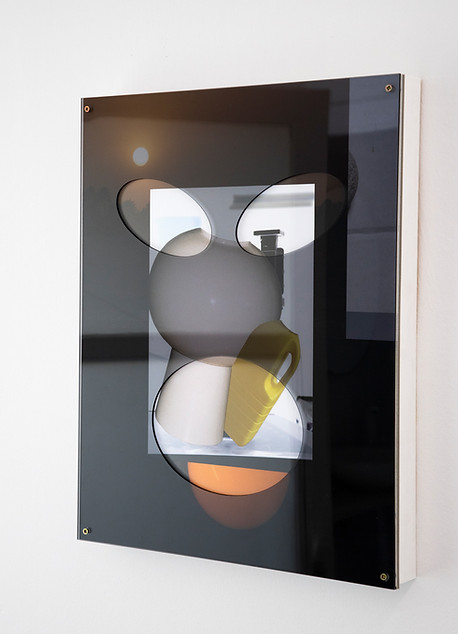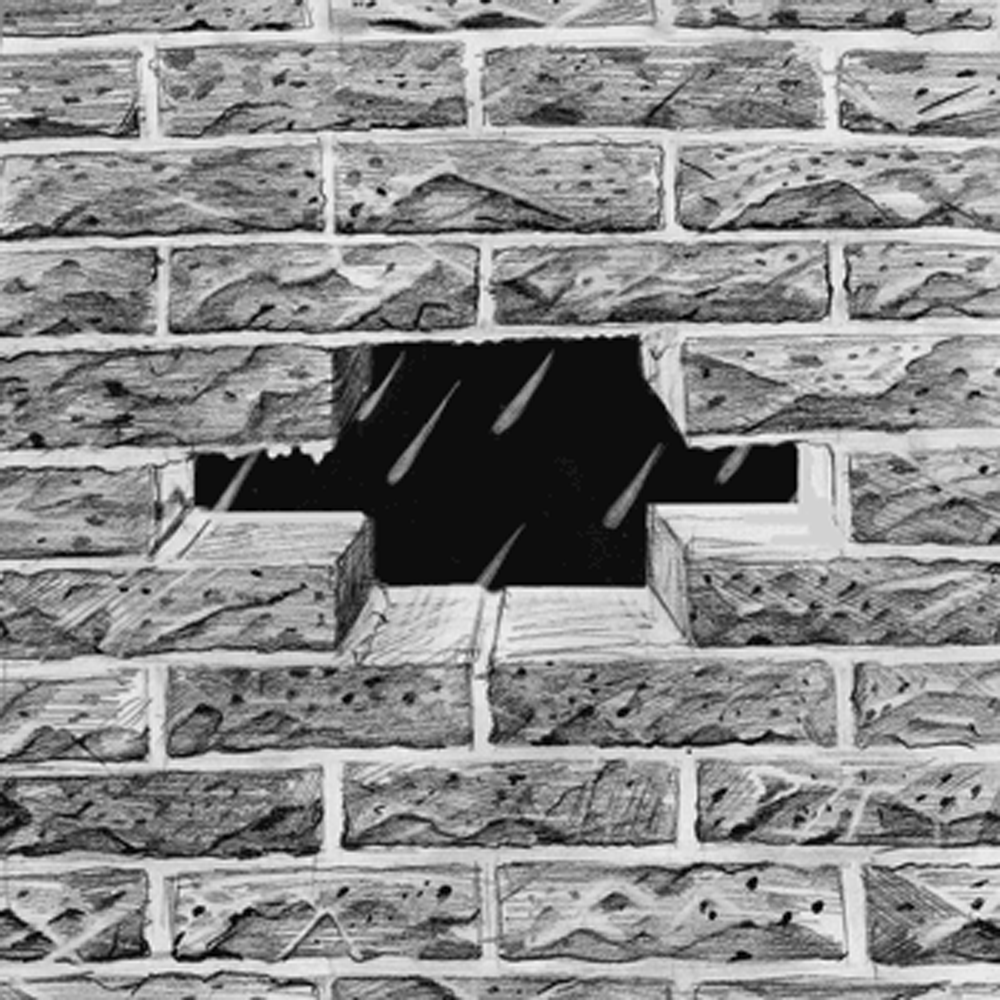
Palán Palán installation views at Jorge López Gallery (Valencia, 2025) external link here
Text by Benedetta Casini (independent curator and co-founder of ORO Projects, Rome, Italy). Download the Spanish version here
A few months ago, Alberto Feijóo returned to live in Alicante. In his hometown, he encountered some strange little yellow flowers proliferating in various corners of the streets, slipping through the most unexpected cracks. “A species native to Argentina and Bolivia, which has naturalized in many regions thanks to its high fruiting rates, seed setting and viability, and its ability to self-pollinate, tolerating a wide range of environmental conditions.”
It is precisely the adaptability of the Palán-Palán that fascinates Alberto—its omnivorous versatility and invasive power. My fantasy is that, upon stumbling across it, he felt comforted: that foreign being, a stranger comfortably inhabiting his city, represented the possibility of re-signifying the familiar, and at the same time, a model to learn from. In some way, this exotic botanical presence, largely ignored by most, became a tool for dealing with the discomfort of returning home as someone changed, and with the disorientation of not recognizing himself in that old world. The invasive plant brought the solace of knowing he wasn’t alone in his strangeness, in that outsider condition, and at the same time affirmed the possibility of encountering the foreign and the unpredictable even in his native city. Ultimately, Feijóo’s exhibition is shaped as an ambitious reflection on identity—an identity that is inevitably hybrid, ever-changing, traversed by others and by a multiplicity of references that materialize in a vast array of stratified images.


Aligned with the Palán-Palán in his method of working, Alberto voraciously and intuitively collects and recombines images through free association, later modifying and complicating them. His exquisitely contemporary interest in overlaps, mixtures, and spontaneous combinations reflects the transformation in the cognitive structure of the digital subject and translates into an inescapable imperative. The artist fearlessly embraces the confusion of signs and meanings, as when he slides a series of loose stickers into plastic folders—wandering and humble symbols, free to hide behind each other and combine at random. Some of them read “Alberto Feijóo,” at times paired with the Adidas logo, at others with that of Google or the London Underground.
In this combinatory play, the possibility of a mutant, multiple subjectivity—of a disguise that is playful yet deeply tied to a fluid society marked by an “ecumenical disorientation” in the face of infinite possibilities of being and the ubiquity of symbols. In the series Masks, sheets of methacrylate partially conceal certain details of the photographs they protect, revealing others by contrast, pointing toward a perceptual distortion that questions the very act of looking.
The synthetically drawn eyes on the plastic surfaces return our gaze, while also allowing us access to latent content. That’s how disguises work: transformative artifices meant to conceal identity, subtle membranes between the inside and the outside, between self and other.
However, it is through relationships with different kinds of otherness that Feijóo finds the possibility of self-definition—by opposition, by affinity, by mere proximity. In keeping with the
The notion of value and the conventions of the art system that Feijóo challenges with the intrusion of common objects into the gallery space: on one table, keychains of various shapes are offered to the public as merchandising items—another reference to ownership understood as an outward projection of the self, as well as the first symptom of a defined identity construction.





Among other symbols, a butterfly appears. Didi-Huberman writes: “the being that flutters does at least two things: to begin with, it quivers and convulses, its body moves back and forth over itself, like in an erotic dance or a trance. Then, the being that flutters wanders and stirs aimlessly, dragging its body here and there in a kind of restless exploration, in a kind of search whose final objective it decidedly ignores. In this dance lies something of the fundamental instability of being, a flight from ideas, an absolute power of free association, a command to leap, a constant rupture of the solution of continuity.” With its delirious, seemingly senseless, and unproductive flitting, the butterfly becomes a metaphor for a scattered intelligence, capable of building from the concatenation of successive hiccups.
And so does Alberto proceed when, modularly organizing A4 sheets dyed Palán-Palán yellow, he reconstructs a triptych of appropriated images: the figures' profiles are completed through the repetition of homemade prints—easy to reproduce and circulate, capable of multiplying and moving as nimbly as the invasive plant. Like the keychains and stickers, their essential materiality declares the clear intention to bring artistic production closer to everyday experience. Again, it is through contagion and the joining of parts that the monochrome form is defined, interrupted only by figures printed on photographic paper—the last survivors in the advance of the “poor image.”
Like pixels on a digital screen, Alberto’s works travel fast, reproduce frenetically, generating meaning through the sum of units, invading supports and even everyday objects, as with the seats scattered throughout the gallery—breaking down the boundaries between high and low.
Browsing the web, one finds Feijóo’s biography, in which he describes himself as “collector, hoarder, learner,” and only lastly, “visual artist.” It is in this multiplicity and semantic wandering that his desire takes form: in an omnivorous attitude as constitutive of a porous self, whose essence lies precisely in permanent fluctuation and in instability chosen as a vital resource.

